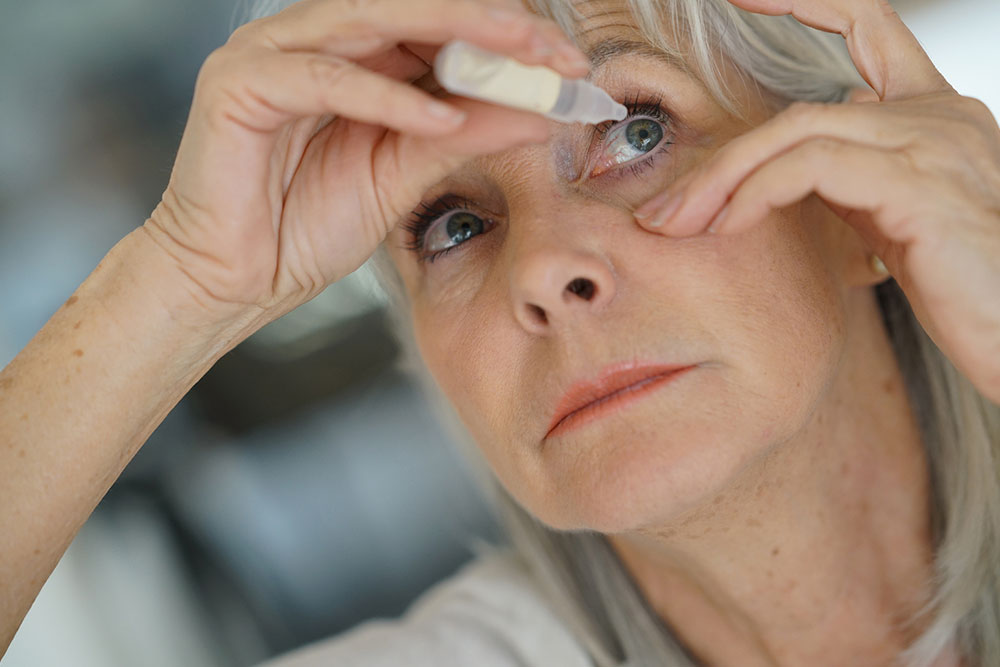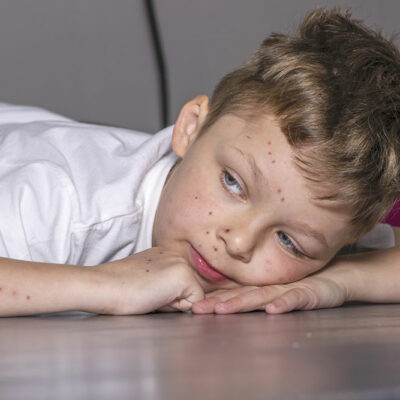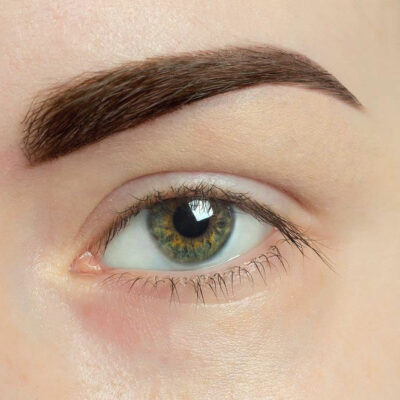
What you need to know about dry eyes
They say “a tear is made of 1% water and 99% feelings.” Well, a phrase like this might sound beautiful and even true to some extent. But biology states this natural lubricant that keeps the eyes free from dust particles is in fact made up of water, mucin, lipids, lysozyme, lactoferrin, lipocalin, lacritin, immunoglobulins, glucose, urea, sodium, and potassium. Phew! That is a long list of substances indeed for a measly tear you might think. But we suggest that you do not underestimate the capabilities of the tear.
Every time we blink, a film of tear coats the cornea of the eyes. This helps in many ways, such as lubricating it; protecting it from dust fragments microbial infection; healing any damage caused to the eye surface; nourishing it by providing oxygen; and keeping the eye surface moist and smooth to refract light and help us see clearly. Have we ever stopped for a minute to think about these functions of tears?
Dry eyes, a common medical condition is caused by the lack of adequate tears in the eyes. Research and scientific advancements have helped us understand how dry eyes are caused. The first thing we do when we have pain or discomfort in the eyes is to either splash it with clean cold water or apply some warm oil over it or see an ophthalmologist, choosing one or the other depending on our attitude toward taking care of ourselves. But remember that sometimes self-diagnosis could lead to complications later on. Normally affecting older adults, especially more women than men, and especially during pregnancy, during menopause or while taking hormone replacement therapy, but dry eyes can occur in people of any age.
Dry eyes could either be a temporary or chronic condition. Common causes of dry eyes are
- Aging
- Decreased tear production caused by diabetes, rheumatoid arthritis, thyroid disease or insufficiency of vitamin A
- Imbalance in quality of tears produced and the three layers of tears – water, mucus, and oil – not performing their respective functions efficiently
- Increased tear evaporation because of windy or dry air
- Side-effects of medications like decongestants, antidepressants, and antihistamines
- An effect that develops after the refractive LASIK surgery is performed
- Skin disease in or near the eyes
- Dysfunction of the meibomian glands in the eyes
- Caused by certain immune system disorders and allergies
- Inadequate blinking caused by focussed driving, staring into the television, phone or computer screen and wearing a contact lens for a long time or reading for a long time without rest
An exhaustive eye examination by a qualified eye doctor can diagnose your dry eyes condition. Following the appropriate treatment that is prescribed is essential to get rid of dry eyes. Meanwhile, quitting smoking, reducing strain on the eyes, consciously blinking often, using an indoor air humidifier, eating a nutritious diet, keeping yourself well hydrated, wearing wraparound protective eyewear and getting adequate rest are a few lifestyle changes that can help alleviate the condition of dry eyes.


